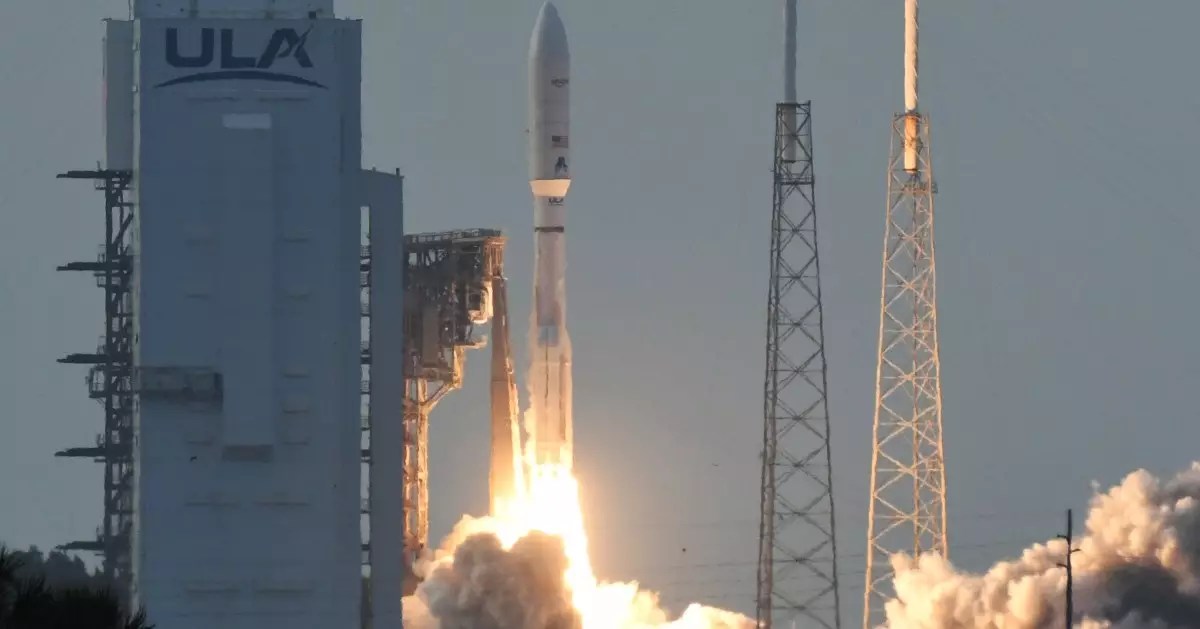Amazon’s foray into the arena of broadband satellite internet is a significant milestone that could reshape the communication landscape. The successful launch of the first 27 satellites from the ambitious Project Kuiper on April 28, 2023, has set the stage for Amazon to challenge established players in this competitive field, namely SpaceX’s Starlink. This monumental venture is not merely about space novelties; it represents a critical shift towards enhancing internet accessibility across the globe, especially in underserved and remote regions.
With over 3,000 satellites planned to be deployed, Project Kuiper aims to create a robust constellation that leverages the advantages of low-Earth orbit (LEO) technology to provide high-speed, low-latency internet services. The scale of this initiative is staggering, and it reflects Amazon’s commitment to not just compete but to innovate in a market dominated by its rival, SpaceX.
Challenges and Opportunities
While the launch has served as a triumphant point for Amazon, it comes with its share of challenges. The $10 billion initiative was announced in 2019, and the clock is ticking; the U.S. Federal Communications Commission has mandated that Amazon deploy at least 1,618 satellites by mid-2026. This timeline is crucial for a company eager to secure its stake in an already competitive market where SpaceX has established a significant lead.
The sheer number of satellites, in conjunction with the looming regulatory deadlines, adds a layer of complexity to Project Kuiper. Furthermore, as it stands, SpaceX has already launched over 7,200 Starlink satellites with ambitions to expand to a staggering 34,400 satellites, making the satellite space increasingly congested. For Amazon to carve out a meaningful presence in this orbit requires not just strategic operations but also continuous innovation and operational efficiency.
A Collaborative Future?
Not only does the success of Project Kuiper hinge on timely satellite deployment, but it also relies on Amazon’s ability to build partnerships that will enhance its operational capabilities. ULA, which launched Amazon’s satellites, has indicated that this collaboration is projected to evolve over time. Tory Bruno, ULA’s CEO, emphasized the commitment to adapt launch facilities for future Kuiper missions, suggesting a merger of strategic interests aimed at enriching commercial and governmental spaces.
Partnerships will be vital for tapping into broader market opportunities, from providing connectivity in disaster-related situations to enabling global communications infrastructures that support economic growth. Collaboration with other stakeholders, like telecommunications companies and governments, could prove beneficial as Amazon seeks to establish Project Kuiper as a go-to solution for internet services worldwide.
The Long Game
In terms of business strategy, Project Kuiper is a classic example of a long game. Amazon is not just developing a satellite internet service; it is attempting to build a comprehensive ecosystem that integrates hardware, software, and customer experience. CEO Andy Jassy’s remarks symbolize the company’s broader aim—“incredible amount of invention and hard work”—which speaks to a dedication that transcends mere satellite launches.
However, the competition is intense. SpaceX has been refining its technology and expanding its satellite network rapidly, which means that for every milestone Amazon achieves, there is an equally impressive one being set by its competitor. This race is not just about numbers; it’s about who can leverage technology to offer better services, more reliable internet, and overall customer satisfaction.
Future Implications
The launch of the Kuiper satellites represents more than a corporate endeavor; it signifies a broadening vista in the realm of technological innovation and accessibility. If successful, Project Kuiper could alleviate the connectivity gap for millions globally, opening doors to education, remote work, and access to critical information.
In a world growing increasingly dependent on seamless internet access, the stakes are high. Amazon’s ambition to make satellite internet a viable alternative to traditional broadband landscapes could provide the impetus for enhanced global connectivity, eliminating digital divides and fostering inclusion. However, with great ambition comes great responsibility, and Amazon must execute this project meticulously to genuinely impact the global community positively. The coming years will be pivotal—not just for Amazon, but for the future of how we connect and communicate in our ever-evolving digital world.


Leave a Reply